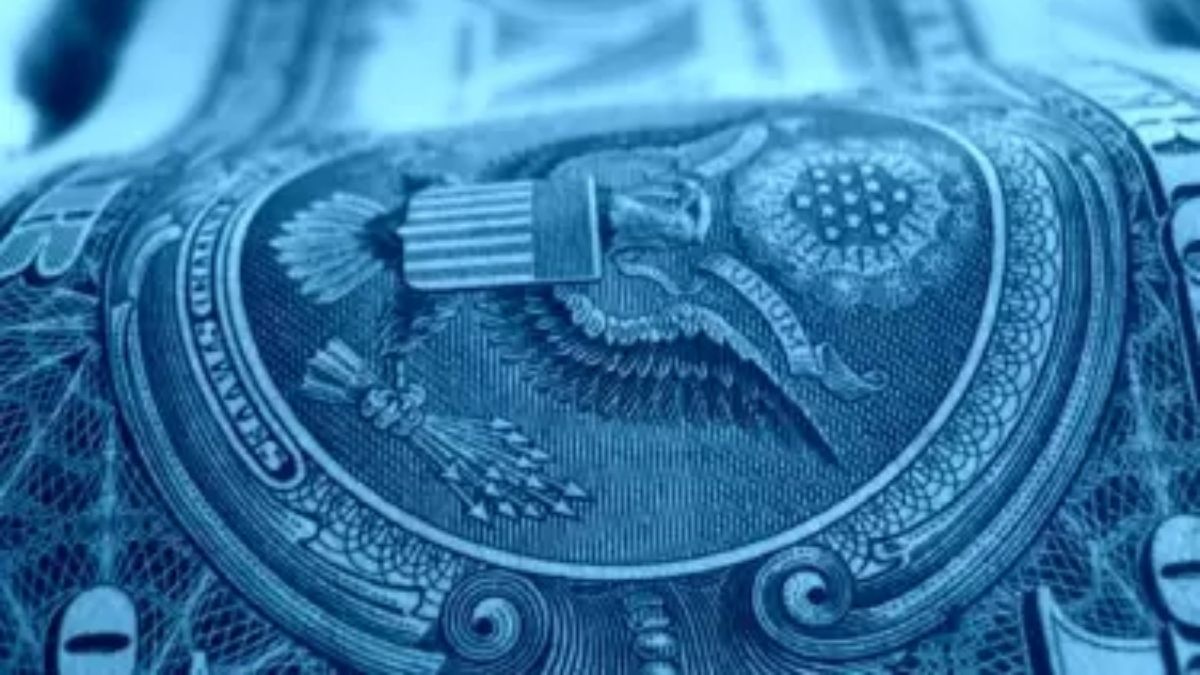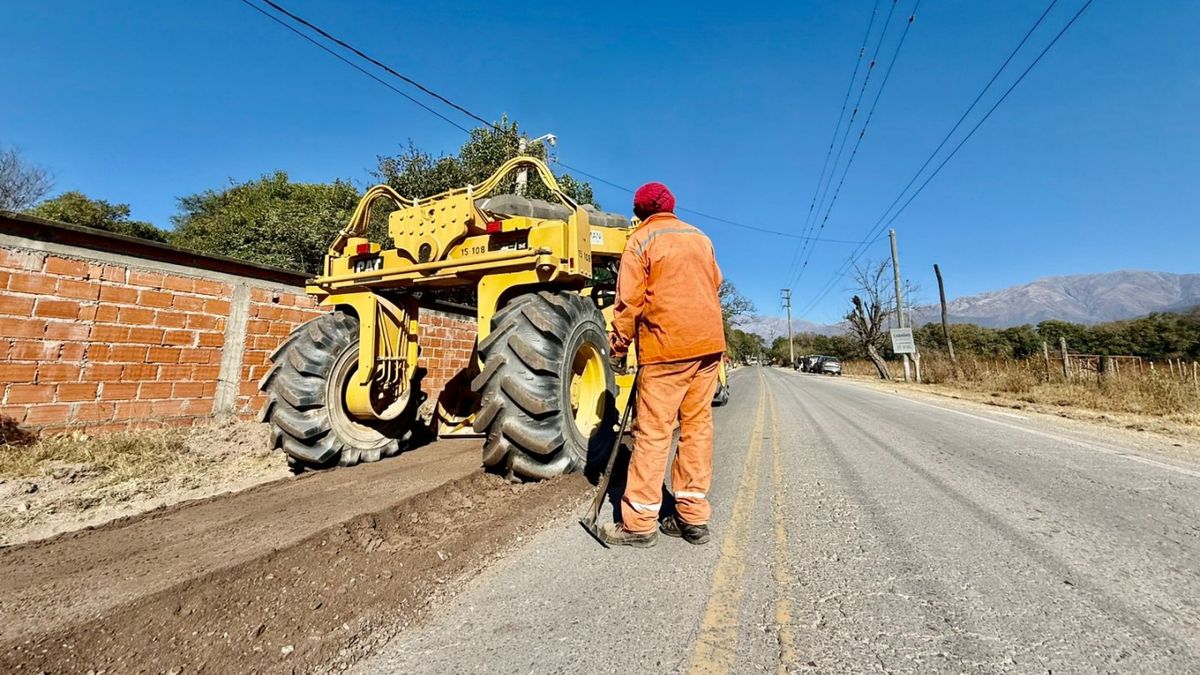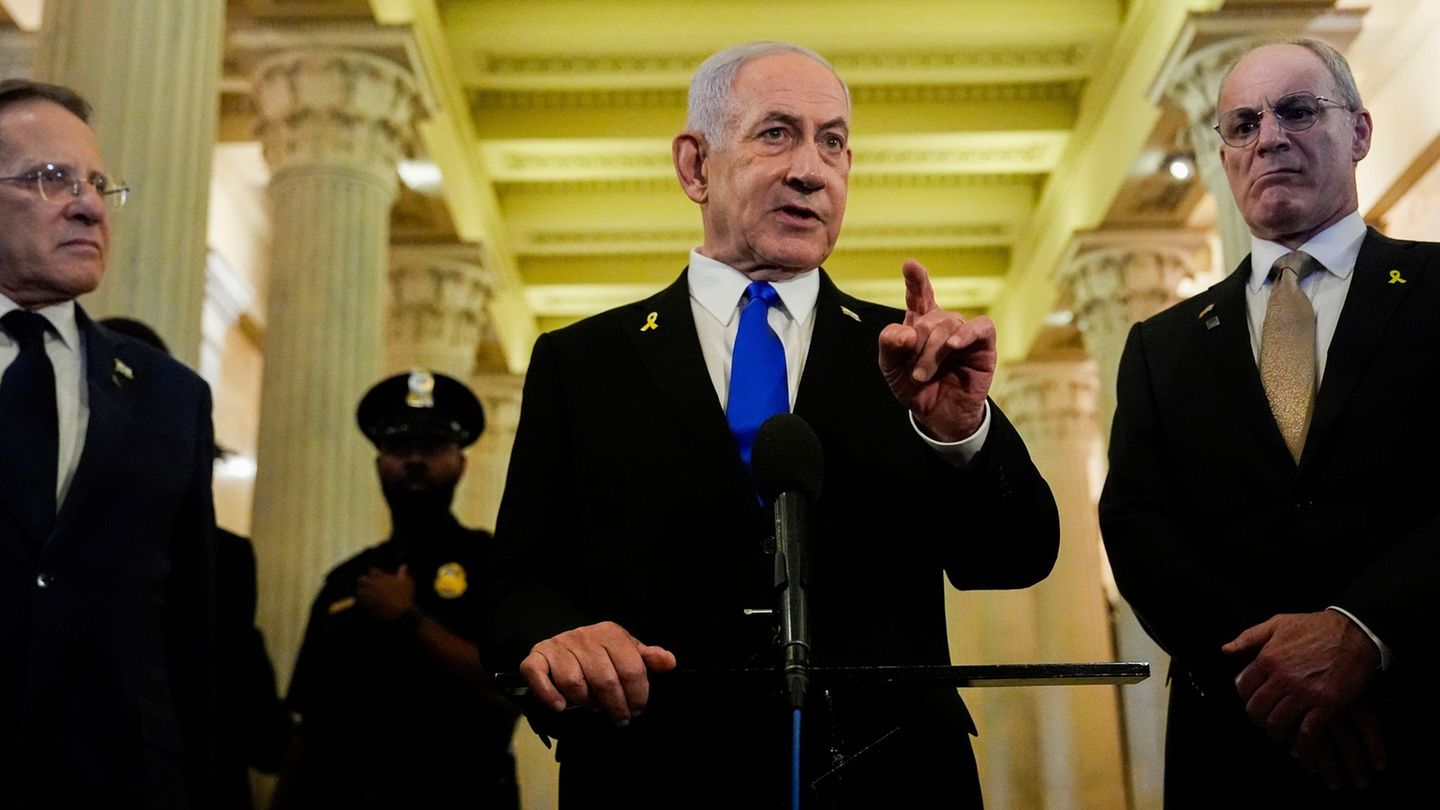Likewise, the gap between the blue and the wholesale exchange rate, directly regulated by the Central Bank, it was enlarged to almost 105%.
The new rise in the informal dollar, the second in a row, occurred strikingly, while another sharp fall was recorded in financial dollars, which approached $213 in the case of the CCL, and $205 in the case of the MEP.
Analyst Salvador Di Stéfano remarked in dialogue with Ambit that the blue market “is more imperfect and inflexible downward than that of financial dollars”. “It’s a small-player market, and the price makers who bought at $215 don’t want to sell in a context of falling financial exchange rates,” he added.
For his part, the analyst Christian Butler He maintained to this medium that “What is happening with the blue is strange. They can’t stay wild for a long time with the financial dollars. Either the blue loosens or the other prices have to go up.”
Let us remember that the informal dollar had suffered a sharp drop of $10 on Friday, January 28, as a reaction to the announcement of an agreement in principle between Argentina and the International Monetary Fund (IMF) for the refinancing of a large debt in foreign currency.
The recent uncertainty over the agreement with the international organization had caused the dollar to skyrocket in the alternative markets: the blue reached $223.50 on Thursday, January 27, so far its nominal historical maximum.
Beyond everything, the blue dollar meets more than three consecutive weeks trading above $210, since last January 18 it climbed from $209 to $211.
Blue dollar price in the month
So far in February, the blue dollar rises $3, after closing January at $213, the month in which it accumulated a rise of $5 or 2.4%. The last monthly increase was lower than inflation, which is estimated to be around 4%.
Last December, the parallel dollar advanced $6.50 (+3.2%), against monthly inflation of 3.8%, according to INDEC. Likewise, in the accumulated of 2021 it had an increase of 25.3% ($42), half with respect to the inflation of the period (50.9%). However, it is worth remembering that in 2020 it had shown a sharp jump of 111%.
What is the blue dollar?
The value of the blue dollar has a substantial difference with the official dollar, which is acquired in banks and has an established price. Its sale is in the informal market, without regulations or limits, and for this reason it is generally operated at a value greater than the official dollar.
Why is it called the blue dollar?
The origin of the blue dollar as a denomination for the operation of the banknote in the informal market is not clear. But there are theories.
An explanation of its name indicates that it is so called because in English, “blue”, in addition to naming the color blue, refers to something “dark”.
Another theory relates it to purchase operations through bonds or shares of companies known as “blue chips”. They also link it to the approximate color that appears when a fibron is applied to detect counterfeit bills.
Price of the savings or tourist dollar
The savings dollar or solidarity dollar -retail plus tax- went up five cents at $184.01 on average.
More news about the Blue Dollar and the Dollar
After the agreement with the IMF: Is calm coming to the dollar?
The four signals that will determine the value of the dollar for the rest of the year
Source: Ambito
David William is a talented author who has made a name for himself in the world of writing. He is a professional author who writes on a wide range of topics, from general interest to opinion news. David is currently working as a writer at 24 hours worlds where he brings his unique perspective and in-depth research to his articles, making them both informative and engaging.




